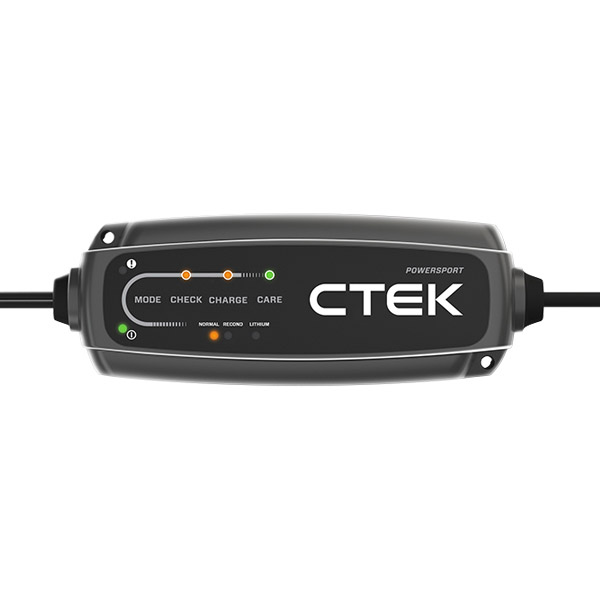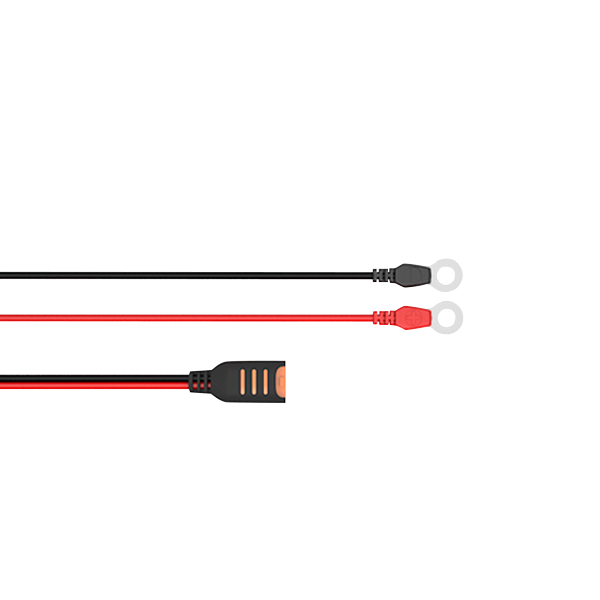What should you do when you leave your motorcycle parked?
Whether you are parking your bike for a moment or planning to leave it in your garage during the winter, it’s important to remember some essential considerations. These practices are crucial for an enjoyable riding experience and to preserve your bike’s mechanical integrity and battery health. So, what should you do when you leave your motorcycle parked? Let’s dive into this article to see some suggestions.
Comply With Local Regulations
Traffic regulations can vary significantly depending on local legislation. That’s why it’s important to be aware of the local requirements and parking restrictions in the area where you will be operating your motorcycle. Ignoring these regulations could result in a headache like a parking ticket or, even worse, having your precious bike towed.
Choose The Right Location
Choosing a proper location depends on where you will be parking your motorcycle.
- Parking in the City: Selecting a proper parking spot is crucial to ensure your ride’s safety. Look for well-illuminated areas with high visibility to reduce the odds of theft and vandalism. When parking near other vehicles, leave enough room to kick-start your bike if necessary and prevent other drivers from accidentally bumping or hitting it, which may result in damage to your bike and trouble other vehicle’s drivers.
- Parking Roadside: In the unfortunate event of a breakdown or any emergency requiring you to park your motorcycle on the roadside, make sure to pull over further from the edge line. This will allow you to safely dismount your bike far from the running vehicles on the road and help prevent accidents if a distracted driver fails to see your ride. Also, it’s important to look carefully before getting off your bike.
- Parking at Home: When parking your bike in your garage, leave as much clearance as possible to access and work on it when necessary. Also, when leaving your bike parked for a long time, leave it resting on its kickstand to reduce tire stress and the risks of accidentally tipping it over.
Secure Your Motorcycle
When parking your bike on the street, if local legislation allows it, try attaching it to a fixed object, like a bike rack or a light pole. Otherwise, get a high-quality brake disk lock. As dull as it may sound, remember to remove the brake disc locks before riding your bike! Some users also recommend using motorcycle covers to avoid catching undesired attention and protect your motorcycle from the elements.
Motorcycles don’t have a parking brake, except in rare exceptions. That’s why never leaving your bike parked in neutral is essential, especially on hills, to help prevent it from rolling, falling from its stand, or causing an accident.
Long-Term Storage
This section covers what should you do when you leave your motorcycle parked for long periods.
Prepare Your Bike For Storage
Before storing your bike for an extended period, it’s important to take some precautions to prevent deterioration and ensure it will be ready to run immediately and hassle-free when you want to use it again.
- Check the tire pressure and inflate if necessary.
- Check your bike for leaks and fix them if necessary. Then, top up the fluids accordingly.
- Address any mechanical issues when possible. Vehicles are designed to stay in motion, and, as counterintuitive as it may seem, some components are more prone to deterioration when they are left unused.
- Get a high-quality battery charger, like our practical CT5 POWERSPORT. When the batteries are left unused, they tend to self-discharge, especially if your bike is modern and has electronic fuel injection, ABS, and other modules, which have memories and drain some battery power, even when the bike is off.
Stay Charged, Stay Ready
Charging a motorcycle battery is essential, especially when sitting for a long time. Whether your bike uses a standard lead-acid battery or a modern lithium LIFEPO4 model, both battery types self-discharge at different rates, causing the charge to drop and potentially preventing your bike from starting, especially after a few months. Self-discharge leads to sulfation and crystallization of lead-acid batteries and degradation of the internal components of Li-ion types. Frequent charging prevents your battery from self-discharging and extends its lifetime up to three times. If you wonder what charger you should use when you leave your motorcycle parked, you could use the CT5 POWERSPORT intelligent charger, then you can ensure that your bike is always ready to go. It’s an excellent tool for charging and tendering batteries, and it can be left connected for long periods, monitoring and keeping your battery charged for months without worrying about overheating or overcharging it.
Also, the CT5 POWERSPORT is compatible with CTEK’s exclusive CONNECT EYELET M6 and INDICATOR EYELET M6. These practical accessories are excellent for motorcycles with hard-to-reach batteries. You just have to connect them to your battery’s terminals. They will provide you with an accessible, quick connection so you don’t have to disassemble your bike to charge the battery never again. The INDICATOR EYELET M6 provides the same connectivity as the CONNECT EYELET, but with a plus: it features three LEDs that display your battery’s charge status. Red means that the battery needs to be charged right away, Yellow indicates that you should start thinking about charging it, and green means that you don’t have to worry about it; everything is OK to hit the starter button and go for a ride! If you wonder what you should do when you leave your motorcycle parked, think about regulations, location, storage and of course charging with CTEK!




